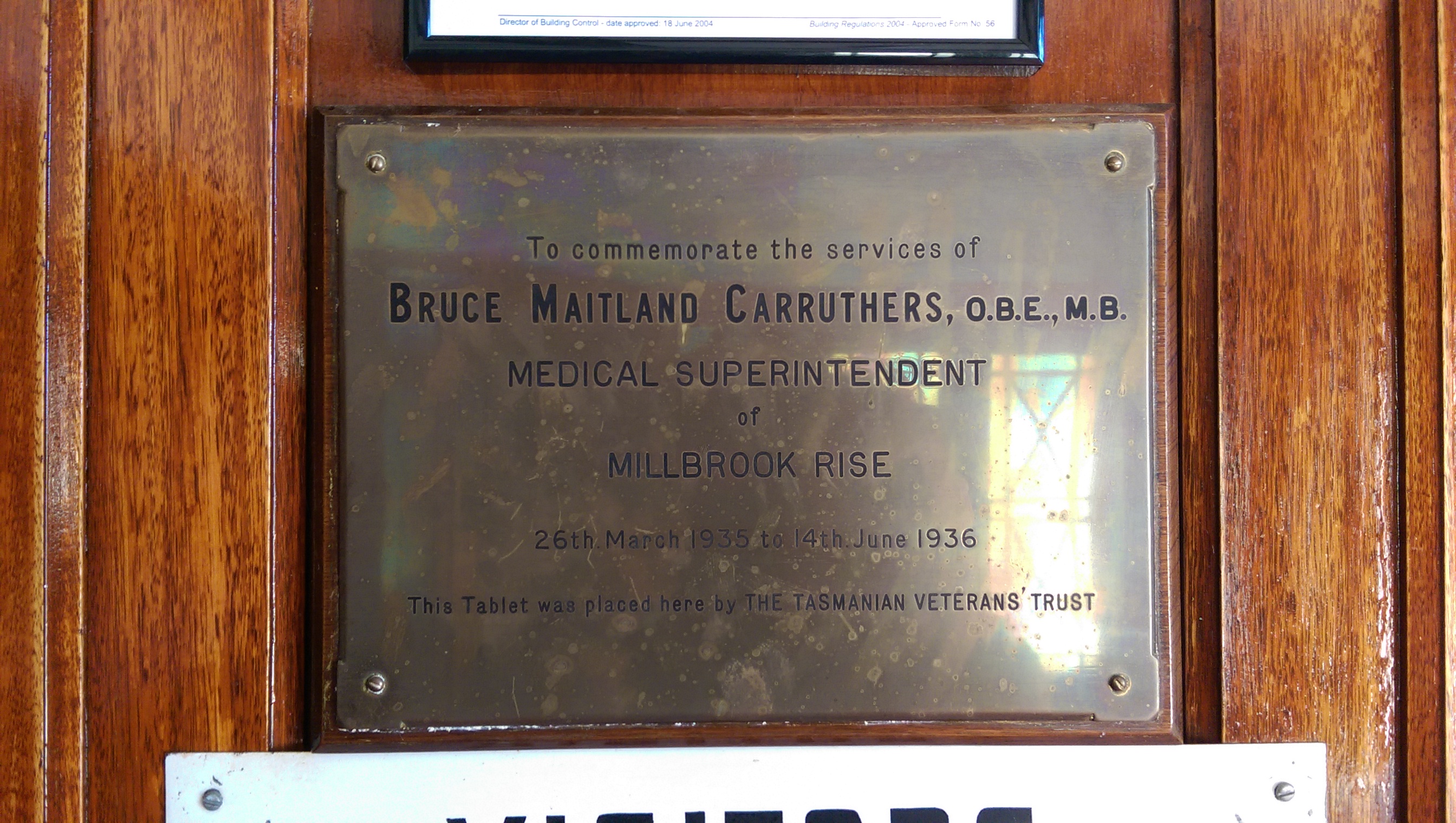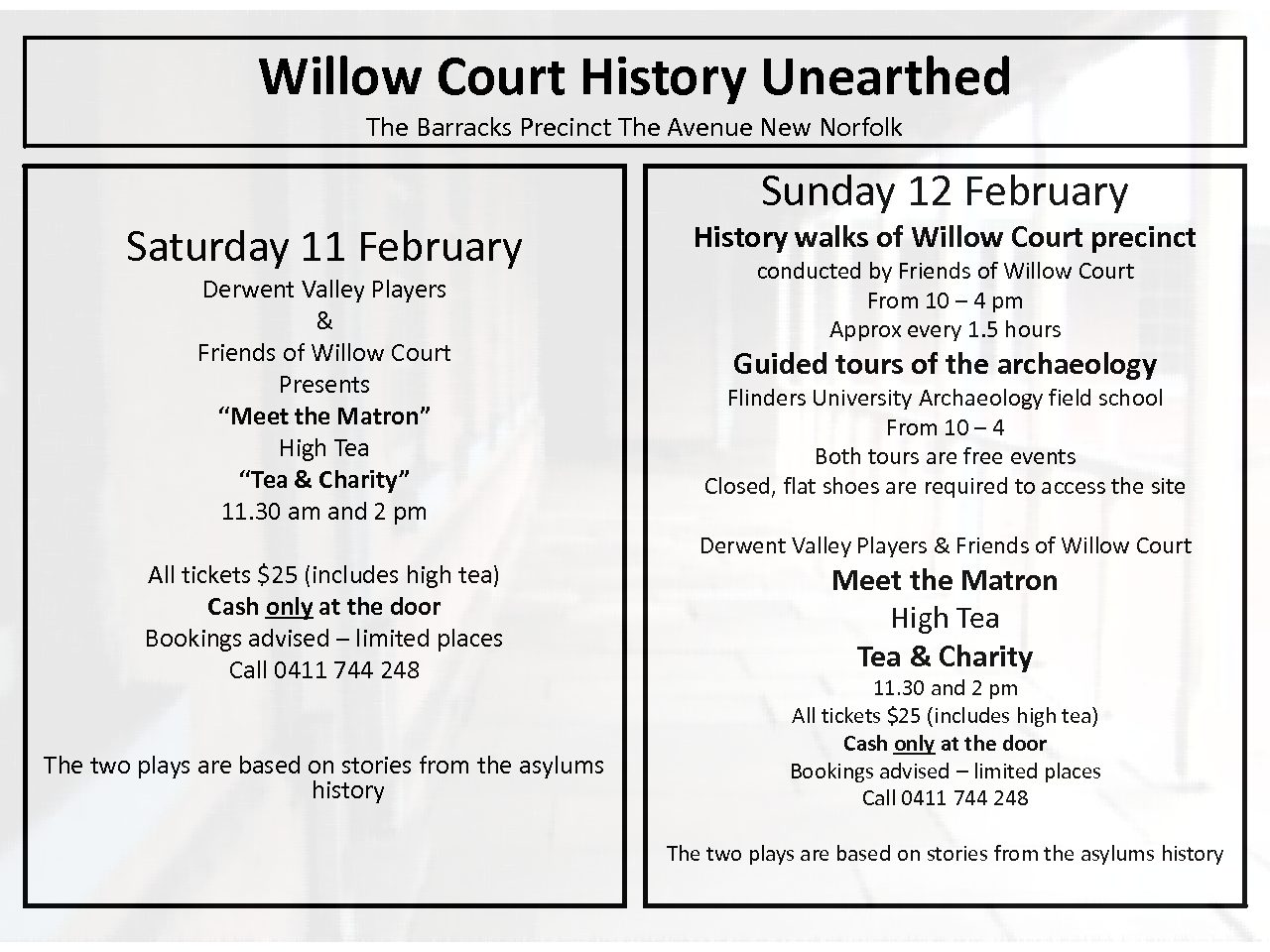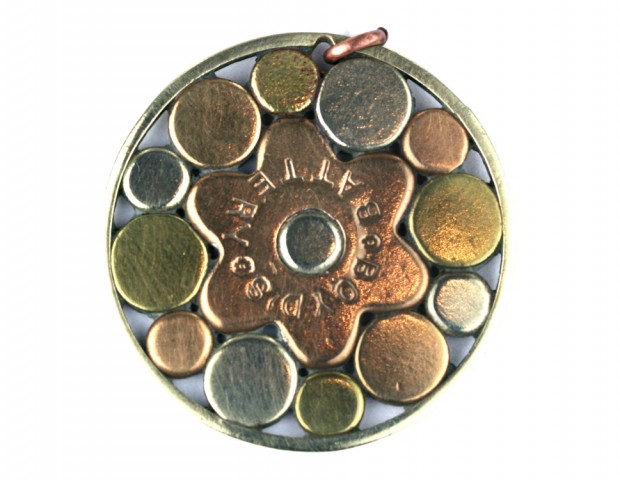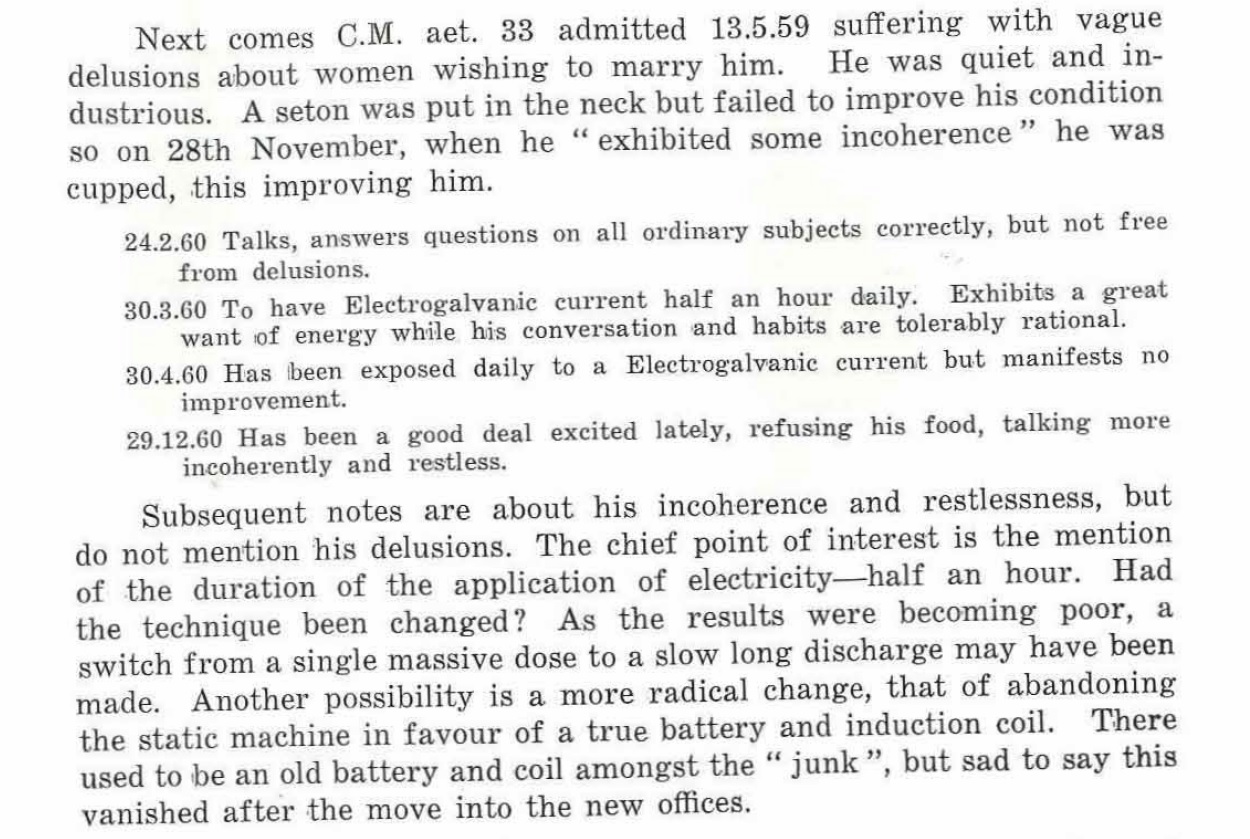Quietly in 2016 The Royal Australian and New Zealand College of Psychiatrists (RANZCP) release a Position Statement which for most people went unnoticed, yet it was created to open a public dialogue on the history of treatment within the institutional settings in Australia and New Zealand.
The position statement can’t be underestimated. It is a clear statement that;
“acknowledges that psychiatrists have a critical role to play in acknowledging historical harmful practices” and
” people have been affected by harmful practices in the past”…
“Practices now known to be harmful had a range of causes. They included both systemic approaches to care and individual practices. Some historical treatments may have been well-intentioned but were without an evidence base, ineffective, and distressing to experience.
Treatments also may have been used inappropriately (for example, past administration of electroconvulsive therapy without anaesthetic, or even as a punishment rather than a therapy).
An entire model of care – the asylum system, which dominated mental health care for the nineteenth and much of the twentieth century – often disregarded the dignity of those it was intended to care for and protect. Until the development of antipsychotic medications in the mid-twentieth century, there was certainly an argument for such facilities which could provide genuine care and a place of ‘asylum’ for the residents. At the same time, they institutionalised inhumane practices which would have been
unacceptable beyond their walls.
In time they became feared by the public, with reputations for overcrowding, brutality, separation of children from parents, and permanent exclusion from society (Miller, 2012). A whole series of Royal Commissions in Australia and New Zealand confirmed that, for some, these fears were well-founded.
An entire model of care – the asylum system, which dominated mental health care for the nineteenth and much of the twentieth century – often disregarded the dignity of those it was intended to care for and protect”
As a result of past practices the Position Statement goes on to link past practices to the current stigma around mental health and the service provision.
“Public attitudes are significantly influenced by entertainment and news media which can give a sensationalised, highly misleading impression of psychiatry and mental health services”
Willow Court staff and Tasmania’s leading Mental Health Administrators have been prominent leaders in The Royal Australian and New Zealand College of Psychiatrists starting with;
Charles Brothers
President 1949

Dr Charles Brothers was a foundation member of the Australasian Association of Psychiatrists (AAP) and was elected President in 1949, a fitting tribute for the doctor and Director of Mental Hygiene who had made an exceptional contribution to Australian psychiatry at the time.
In 1927, Dr Brothers took up his residency in at the Royal Melbourne Hospital where he remained until 1936. He then crossed back to his much-loved state of Tasmania taking up the position of Medical Superintendent to Lachlan Park Mental Hospital. Dr Brothers became the Director of Mental Hygiene in Tasmania in 1946 and was also Honorary Psychiatrist to the Royal Hobart and Launceston General Hospitals. During this time he studied and became an expert on Huntington’s Chorea, particularly in the state of Tasmania.
Followed by:
Eric Cunningham Dax AO
President 1964

Dr Eric Cunningham Dax graduated from London University in 1932 with honours in Medicine. He studied psychiatry at St Mary’s Hospital Medical School, and gained clinical and research experience in a number of private and public psychiatric clinics and hospitals in Britain.
Dr Eric Cunningham Dax came to Tasmania and prepared a report for the Tasmanian Government to regionalise Mental Health Services. Report HERE. He stayed in Tasmanian in a leading roll and saw the regionalise process through the late 1960’s and early 1970’s.
In 1985 Dr Eric Dax was awarded an AO for services to psychiatry and was appointed a Senior Associate in Medical History at the University of Melbourne, as well as being admitted to the degree of Doctor of Medicine honoris causa.
Initially a clinical tool, his collection of artwork done by patients became a means to teach people about the experience of mental illness. The collection also performs an historical function, reflecting the changes in mental health policies and treatment since 1946. The Cunningham Dax Collection holds 15,000 works and is one of the largest of its type in the world. Open to visitors it is now located within the Melbourne Brain Centre, located on the University of Melbourne Parkville campus.
Dr Cunningham Dax AO was followed by the Dr Isobel Williams who, according to Lawrence Edward Cullen in his book, Royal Derwent Hospital: past to present, 1936 – 1978, Dr Isobel Williams was the first Doctor to administer electric convulsive therapy (ECT) in B Ward (Bronte) in the late 1930’s.
Isobel Williams
President 1967
-Williams-200.aspx)
Dr Constance Isabel Arundel (CIA) Williams graduated from Medicine at the University of Melbourne in 1932 and subsequently joined the staff of the Launceston Public Hospital in Tasmania. In 1938 she was appointed to Lachlan Park Hospital (later Royal Derwent Hospital) in New Norfolk where she worked under the supervision of Dr Charles Brothers (an early President of Australasian Association of Psychiatrists (AAP)) and qualified to join the Royal Australasian College of Physicians in 1944.
By 1952 Dr Williams had moved from Lachlan Park to Millbrook Rise Psychopathic Hospital as Deputy Superintendent. Millbrook Rise was originally built using Tasmania’s share of the surplus Red Cross funds raised during the First World War, and was intended for the treatment of ‘shell-shocked’ veterans. As this demand declined it specialised in the voluntary treatment of neurosis and depression both in a residential hospital and outpatient setting. In 1968 Dr Williams retired from the position of Head of Millbrook Rise to go into private practice.
Dr Isobel Williams (as she was known) was an inaugural member of the Australasian Association of Psychiatrists (AAP) in 1946 where she was one of three women out of 67 members, and presented at the 1949 Congress in Hobart. She was also a Foundation Fellow of the College in 1963 and the inaugural President of the Tasmanian Branch of the College in 1958. For many years Dr Williams was the only woman to reach a position of authority in either AAP or the College.
The full “Position Statement” can be found HERE

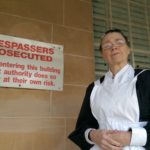

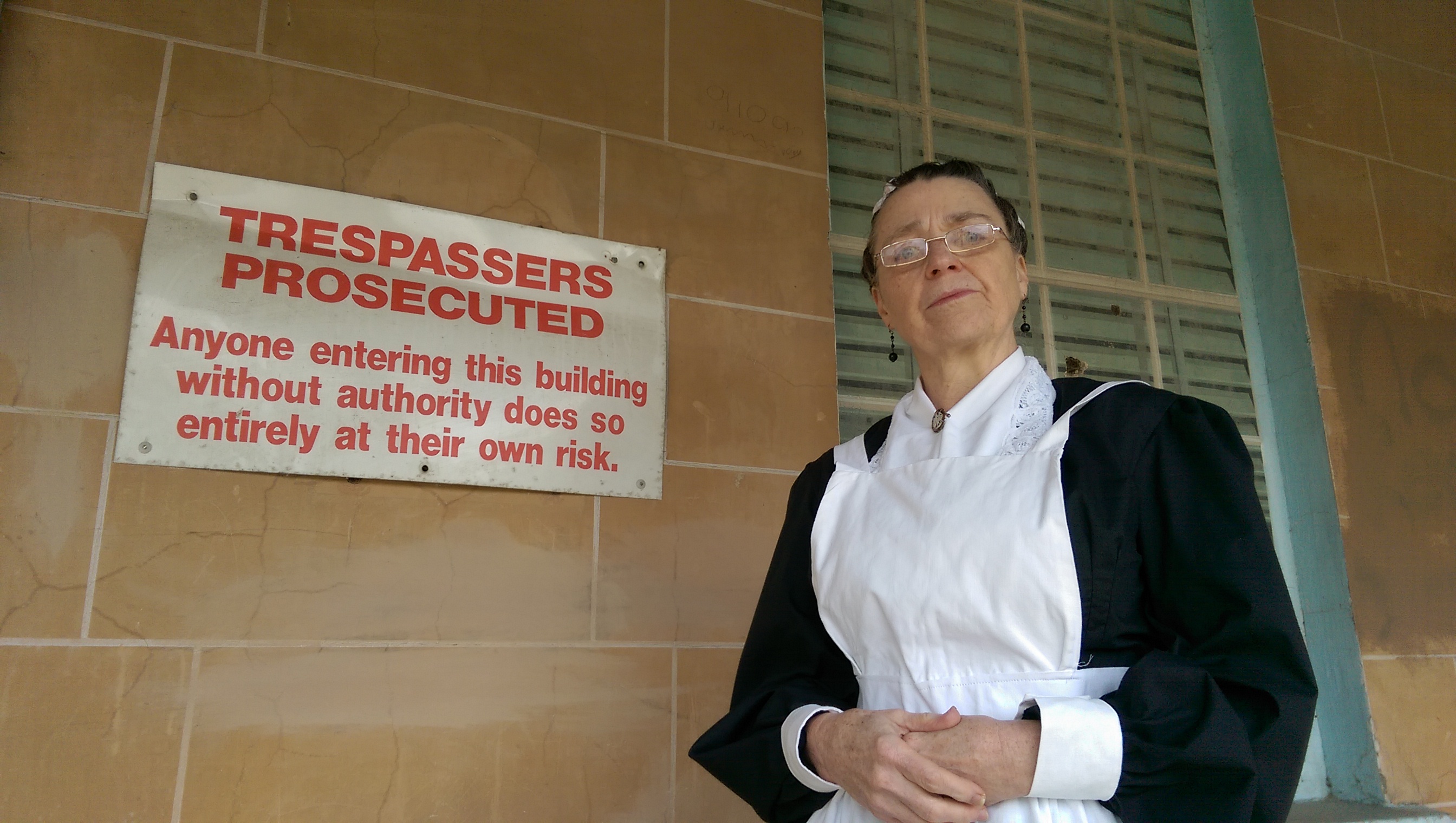


-Williams-200.aspx)
